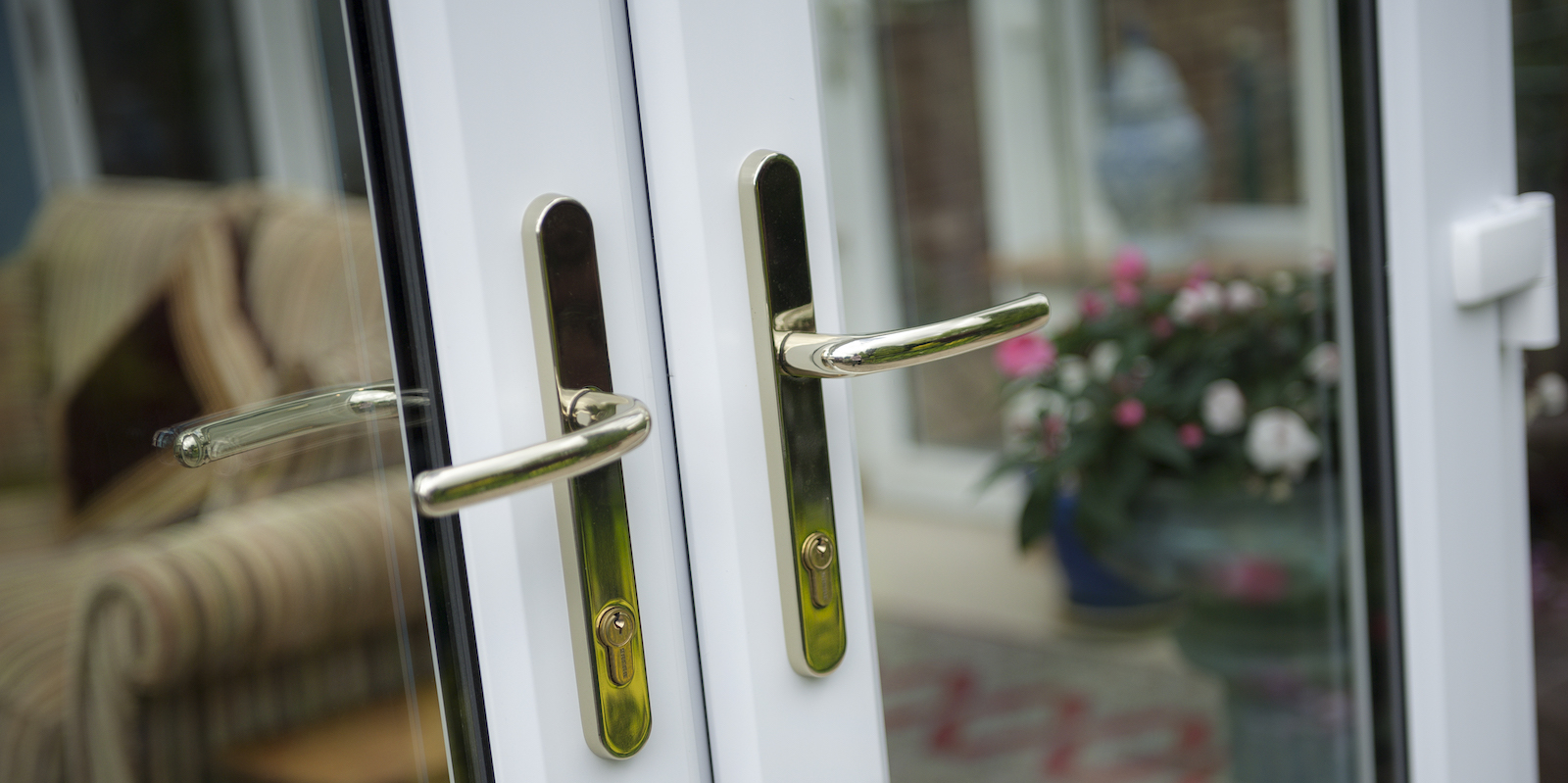
French Door Glass
Add a review FollowOverview
-
Sectors Assurances
-
Posted Jobs 0
-
Viewed 17
Company Description
The 10 Most Terrifying Things About French Door Replacement
French Door Replacement: A Comprehensive Guide
French doors are a popular option among homeowners for their aesthetic appeal and ability to improve natural light in a space. Nevertheless, like any home feature, they may require replacement with time. Aspects such as wear and tear, moving environment needs, and modifications in individual design can lead to the requirement for brand-new French doors. This article uses a useful introduction of French door replacement, detailing when to replace them, the types available, steps in the replacement process, possible costs, and regularly asked concerns.
When to Consider French Door Replacement
Replacing French doors might end up being necessary for a number of factors, consisting of:
- Damage: Cracks, warping, and broken hardware can compromise performance and security.
- Energy Efficiency: Outdated doors might not supply sufficient insulation, causing increased energy costs.
- Aesthetic Changes: Home remodellings or changes in personal taste can trigger the desire for brand-new doors.
- Performance Issues: Difficulty in opening or closing, or an absence of smooth operation might signal it’s time for replacement.
Signs Your French Doors Need Replacement:
- Water damage or rot in wood frames
- Draughts even when doors are closed
- Difficulty in locking or sticking doors
- Noticeable signs of wear such as peeling paint or rust
- Condensation between double-glazed panes
Kinds Of French Doors
When considering replacement, property owners have several options offered:
-
Material Types:
- Wood: Classic, conventional look with excellent insulation however requires regular maintenance.
- Fiberglass: Durable and energy-efficient, imitating the look of wood without the maintenance.
- Vinyl: Low maintenance with energy-efficient homes, frequently available in various colors.
-
Styles:
- Swinging French Doors: Open inward or outside, ideal for large openings.
- Sliding French Doors: Convenient for smaller sized spaces, smoothly glide open on a track.
- Multi-Panel French Doors: Feature several panels for an expansive view and modern appeal.
-
Glass Types:
- Single-pane: Basic and economical but less energy-efficient.
- Double-pane: Improved insulation; recommended for energy preservation.
- Tempered Glass: Safety glass that withstands damage.
Actions for Replacing French Doors
Replacing French doors needs comprehensive planning and execution. Below is a detailed guide:
1. Determining the Door Frame
Precise measurements of the opening are essential to ensure the brand-new doors fit properly. Step the height and width of the frame and the density of the existing door.
2. Picking the Replacement Doors
Choose the kind of French door that matches your home’s style and your spending plan. Consider products, styles, and hardware choices while making the selection.
3. Removing the Old Doors
Thoroughly eliminate the current doors and disassemble the hardware. Beware not to damage the frame throughout this process.
4. Preparing the Frame
Inspect the door frame for damage and make needed repairs. Guarantee the frame is square and level, as this will impact the installation of the brand-new doors.
5. Setting Up the New Doors
- Location the New Doors: Set the new French doors in the frame, ensuring they fit comfortably.
- Level and Secure: Use shims to level the doors. Secure the doors with screws, guaranteeing that hinges are properly lined up.
- Install Hardware: Attach handles, locks, and other hardware.
6. Finishing Touches
Seal around the edges with caulk to avoid drafts and improve energy performance. If the doors are wooden, think about finishing or painting them.
7. Testing
Open and close the doors numerous times to make sure smooth operation and correct positioning.
Cost of French Door Replacement
The cost of changing French doors differs based on products, style, and labor. Below is a table summarizing the approximated costs connected with various types of French doors:
| Type of Door | Typical Cost (Material Only) | Installation Cost Range | Total Estimated Cost |
|---|---|---|---|
| Wood | ₤ 400 – ₤ 2,000 | ₤ 200 – ₤ 500 | ₤ 600 – ₤ 2,500 |
| Fiberglass | ₤ 600 – ₤ 2,500 | ₤ 200 – ₤ 500 | ₤ 800 – ₤ 3,000 |
| Vinyl | ₤ 300 – ₤ 1,500 | ₤ 200 – ₤ 500 | ₤ 500 – ₤ 2,000 |
Note: Costs might vary based upon place, brand, and specifics of the installation task.
FAQs About French Door Replacement
Q: How long does it take to replace French doors?A: The replacement
process usually takes a couple of hours to a day, depending on the intricacy of the job and if extra repairs are needed.
Q: Are French doors energy efficient?A: Modern French doors,
especially those with double-pane glass and correct sealing, can be extremely energy efficient. Q: Can I set up French doors myself?A: While DIY installation is possible for skilled property owners, employing a professional is advised to make sure a proper fit and surface, specifically if modifications to the frame are essential. Q: What is the average life expectancy of French doors?A: With proper maintenance, French doors can last anywhere from 15 to 30
years, depending on the product and environmental conditions. French door replacement boosts a home’s functionality and appeal. By comprehending when to change them, what options are readily available, and how to tackle the installation, house owners can make informed decisions that include worth and appeal to their home. With correct care, brand-new French doors can offer years of service, convenience, and design.

